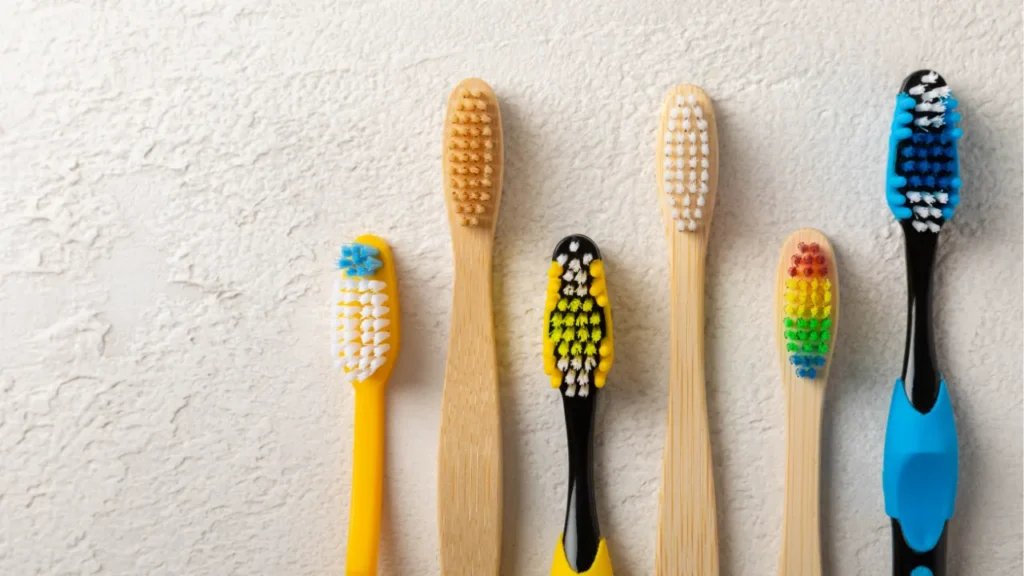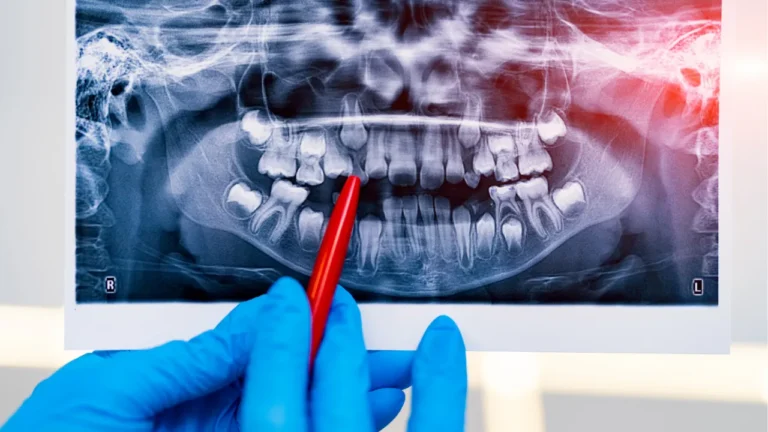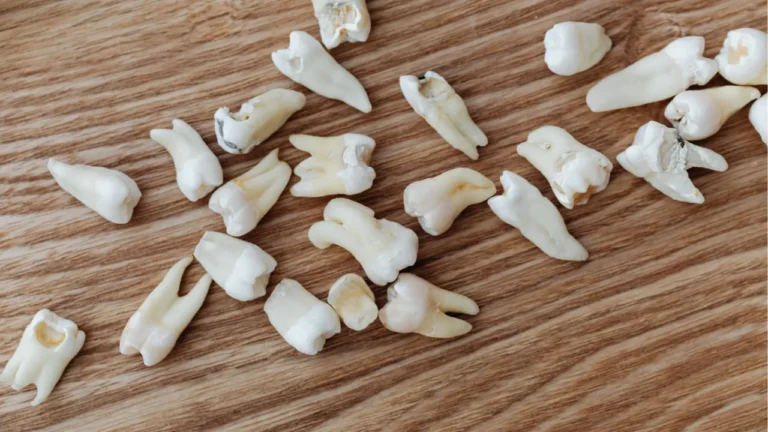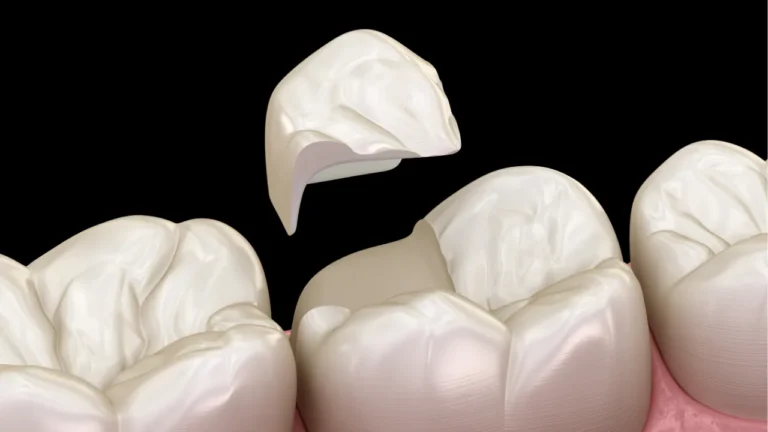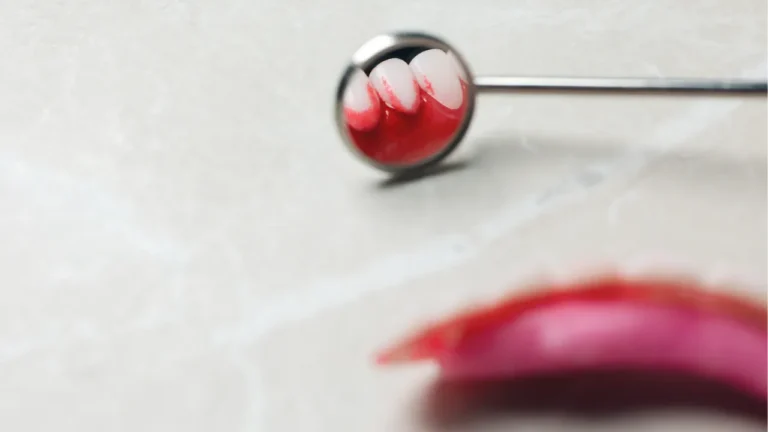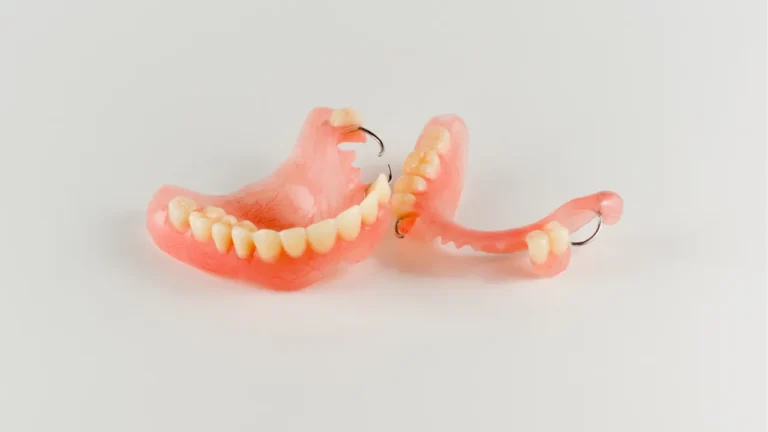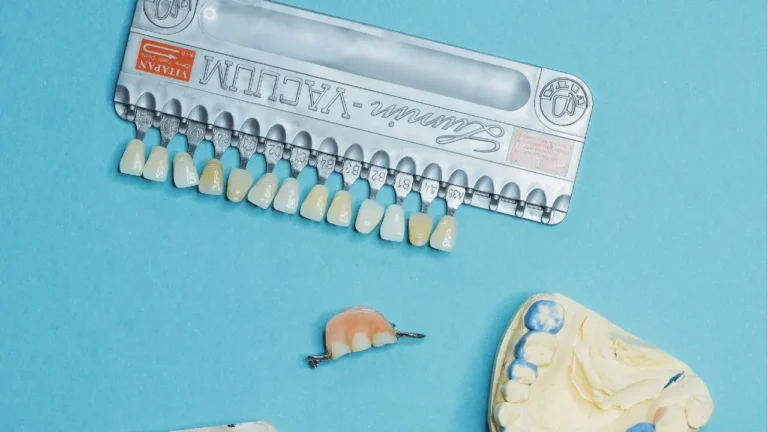The best toothbrush and toothpaste for you depend on your individual oral health needs — whether it’s cavity prevention, sensitivity relief, gum care, or whitening.
For most people, a soft-bristled toothbrush and fluoride toothpaste offer the right balance of cleaning power and enamel protection.
However, those with specific concerns like gum disease, enamel erosion, or sensitive teeth may benefit from specialized products recommended by their dentist.
Quick Summary
- Soft-bristled toothbrushes are recommended for most people.
- Small, compact brush heads improve access to hard-to-reach areas.
- Manual and electric toothbrushes both work; electric can help with dexterity or technique.
- Replace toothbrush or brush head every three months.
- Fluoride toothpaste strengthens enamel and prevents cavities.
- Specialized toothpaste options exist for sensitivity, whitening, and tartar control.
- Look for products with the SADA seal for safety and effectiveness.
- Maintain good habits: brush twice daily, floss, use mouthwash, and visit your dentist regularly.
- Personal preference (taste, comfort, design) matters for consistency.
Selecting the Perfect Toothbrush
Bristle Type
- Soft Bristles:
Experts recommend using a soft-bristled toothbrush because it cleans effectively without damaging your gums or enamel. Hard bristles can cause abrasion and irritation over time.
Brush Head Size
- Small and Compact:
A toothbrush with a small head allows for better access to hard-to-reach areas, such as the back molars and tight spaces between teeth. This ensures a more thorough cleaning with every brush.
Manual vs. Electric Toothbrushes
- Manual Toothbrushes:
When used correctly, manual toothbrushes can be very effective. They are affordable and widely available. - Electric Toothbrushes:
Electric models can be beneficial for individuals with limited manual dexterity or those who struggle with proper brushing technique. They often come with timers and pressure sensors to promote optimal brushing habits.
Replacement Frequency
- Replace Regularly:
Regardless of the type you choose, replacing your toothbrush or toothbrush head every three months (or sooner if the bristles become frayed) is crucial for maintaining effective cleaning.
Choosing the Right Toothpaste
Fluoride Content
- Strengthen Your Enamel:
Look for toothpastes that contain fluoride, which helps strengthen enamel and prevent cavities. Fluoride is a cornerstone ingredient in most dental health recommendations.
Addressing Specific Dental Needs
- Sensitivity:
If you suffer from sensitive teeth, opt for toothpaste specifically formulated for sensitivity. These toothpastes help reduce discomfort while still providing cavity protection. - Whitening:
For those looking to brighten their smile, whitening toothpastes can help remove surface stains without being overly abrasive. - Tartar Control:
Toothpastes designed for tartar control work to minimize plaque buildup that can harden into tartar over time.
SADA Seal of Approval
- Trustworthy Products:
Choosing a toothpaste with the South African Dental Association (ADA) seal ensures that the product has been evaluated for safety and effectiveness.
Expert Tips for Optimal Oral Health
Combining the Right Tools with Good Habits
- Consistent Routine:
Brush your teeth at least twice a day and floss daily to remove plaque from areas your toothbrush might miss. - Mouthwash:
Using an antibacterial mouthwash can further reduce the risk of gum disease by controlling the bacteria that cause plaque. - Regular Dental Visits:
Even with the best tools at home, regular check-ups with your dentist are essential for monitoring your oral health and addressing any issues early.
Personal Preferences Matter
- Comfort and Taste:
Choose a toothbrush and toothpaste that you enjoy using. If you find the texture, taste, or design appealing, you’re more likely to stick to your oral hygiene routine.
Conclusion
Choosing the right toothpaste and toothbrush is a personal decision that significantly impacts your oral health.
By considering factors such as bristle type, brush head size, fluoride content, and your specific dental needs, you can create an effective routine that helps maintain a bright, healthy smile.
Remember, while the right tools are essential, consistent oral hygiene practices and regular dental visits are the foundations of lasting oral health.

